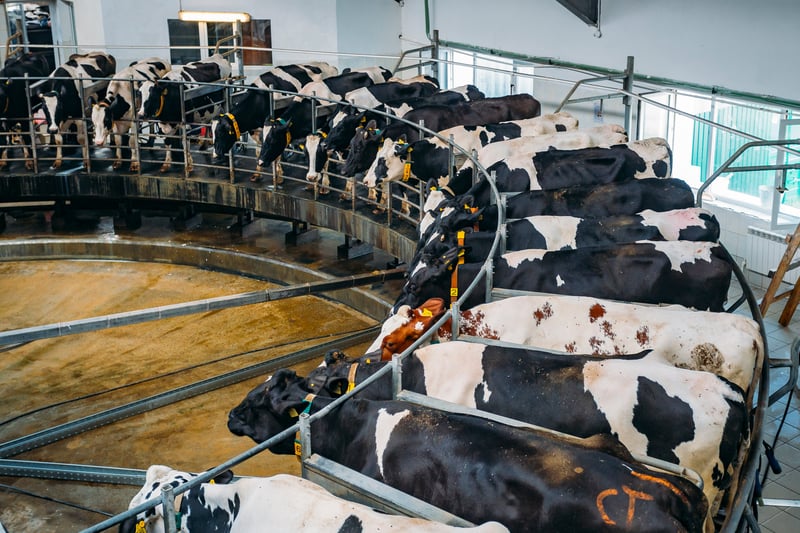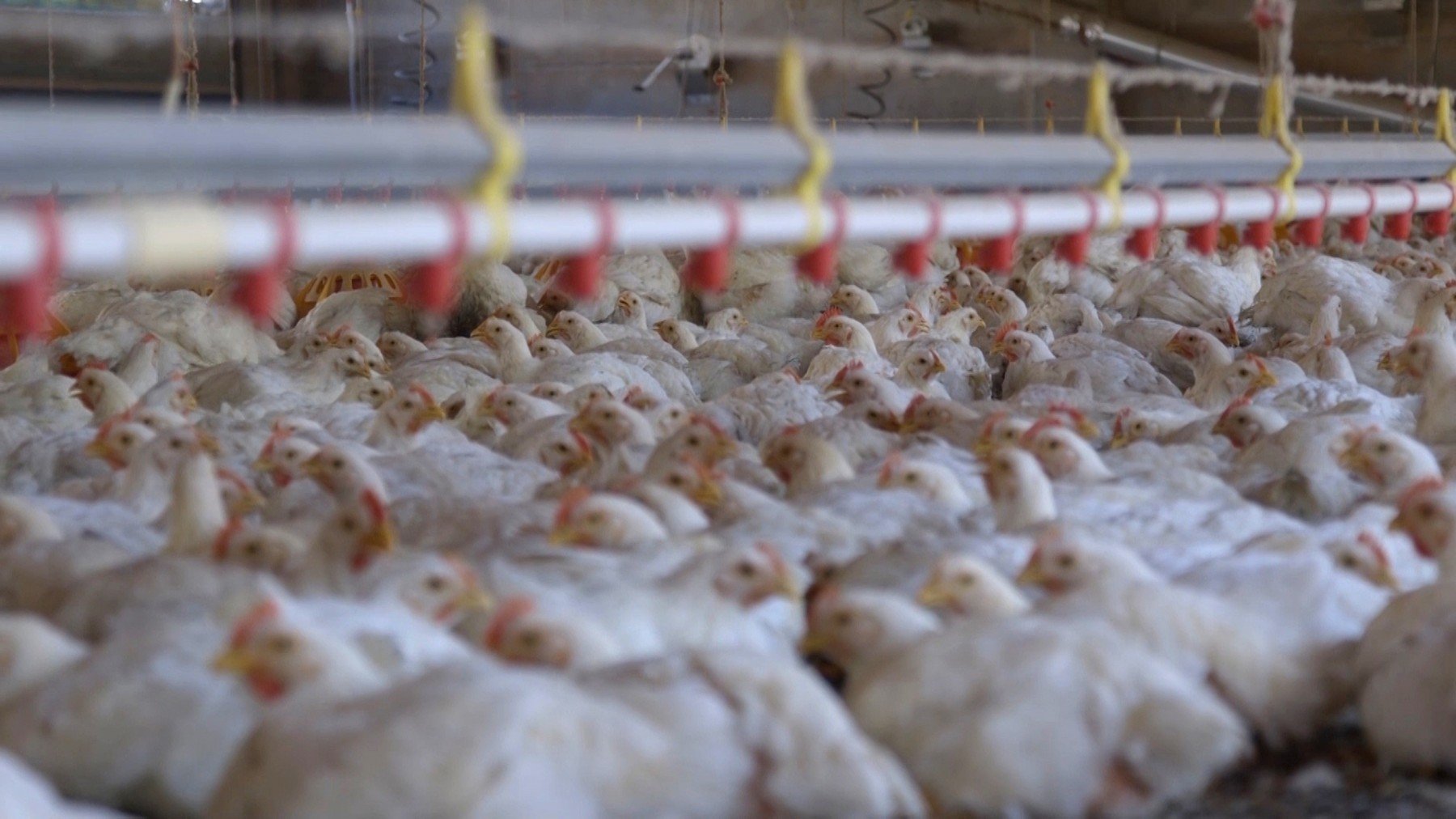
Bird Flu Has Been Found in the US Milk Supply. Here’s What You Need to Know.
Blog
Bird flu has been ravaging the planet, with millions of wild and farmed animals being killed either by the disease or to try and stop the spread.
Officials have confirmed that unpasteurized cows’ milk from Texas and Kansas has tested positive for bird flu this week. Additionally, dairy cows in New Mexico are also being affected, causing decreased lactation and low appetite, according to the US Department of Agriculture (USDA).
At this stage, milk from animals who have tested positive for the virus is being diverted or destroyed and the virus has not mutated—at this time—to make it spread more easily to humans. Currently, people with close or prolonged unprotected exposure to infected animals are at a higher risk of contracting the virus. Unlike flocks infected with avian influenza, cows currently sick with the virus appear to recover on their own within seven to ten days.
Minnesota announced just last week that several baby goats had become sick and died on a backyard farm that recently culled their flock due to the virus. This has been the first time bird flu has been observed in domestic ruminants (sheep, cows, goats, and their relatives) in the US.
Since 2022, outbreaks of highly pathogenic avian influenza have led to the killing of more than 80 million birds on factory farms in the United States. This most recent outbreak in dairy cows has appeared to be introduced by wild birds, according to the USDA, which isn’t surprising given the rapid spread of the disease around the globe. The spread of H5N1 avian influenza, which has hit Europe and the Americas hard since 2021, has been described as “the largest-ever” continuous outbreak of the disease.
Because bird flu is so infectious, it spreads rapidly throughout bird populations. Chickens, turkeys, and ducks on factory farms are highly susceptible due to the cramped, overcrowded conditions they’re forced to endure.

Transmissible through saliva, mucous, or feces, wild birds can easily be infected if they’re around birds on factory farms who have been exposed to the disease—especially if the wild birds are scavengers who consume the bodies of birds who have died before reaching the slaughterhouse. This leads to migratory birds being infected and then spreading the disease throughout the globe as they travel.
In fact, this highly infectious disease is currently threatening Antarctica’s most unique wildlife populations and has jumped to every continent except Australia. The World Organization for Animal Health (WOAH) noted that approximately 485 bird species and 37 mammal species have been infected with avian influenza since 2021.
While suspected cases of H5N1 bird flu have been reported in brown skua, south polar skua, and kelp gull in Hope Bay on the Antarctic peninsula, two dead skuas were confirmed to have the H5N1 virus in February 2024, making this the first time bird flu has reached mainland Antarctica.
In early February, a king penguin died from suspected bird flu and at least one gentoo penguin was confirmed dead from H5N1 on the Falkland Islands, stoking fears from scientists that it would jump to the mainland amid remote populations of these wild animals currently clustering together in large numbers for breeding season. More than 35 gentoo penguin chicks on the Falklands had either died from bird flu or were exhibiting symptoms.
Since penguins in the Antarctic region live in a more remote area of the world, with natural barriers that separate them from other continents, this is the first time the species has been exposed to avian influenza meaning they likely don’t have immunity. This could spell disaster for these iconic animals, who are already at risk due to climate change according to the US Fish and Wildlife Service.
This tragic news comes just weeks after the Alaska Department of Environmental Conservation confirmed the death of a polar bear from Highly Pathogenic Avian Influenza (HPAI)—the type of H5N1 that causes more severe disease—in the Arctic.
More than 500,000 seabirds have died in South America—with pelicans, boobies, cormorants, and penguins most heavily impacted—while elephant seals have been dying en masse in the Antarctic since the virus appeared in the region.
Finland slaughtered over 125,000 mink and foxes in August 2023 due to fears bird flu would mutate and more effectively jump to humans after it was reported in more than two dozen Finnish fur farms in July and August 2023. Concerns about the risks mink farms pose in the spread of zoonotic diseases is one reason American legislators have introduced the Mink VIRUS Act to end mink farming for fur in the US.
Factory farms, whether they’re for food or fur, are breeding grounds for diseases. Many scientists predict they could be ground zero for a future global pandemic.
Now more than ever, we need to rethink the way we interact with all animals.
By shifting to more sustainable and kinder practices, such as reducing or eliminating our consumption and use of animals, we can end the largest source of animal cruelty on the planet: factory farming.
But the animals we share this planet with can’t wait. Take action to ban factory farming right now.